The debate over peeing in the shower continues, with many advocating for the practice due to its water-saving benefits. However, Dr. Alicia Jeffrey-Thomas, a pelvic health specialist, warns that for those assigned female at birth, this habit could have unintended health consequences.
The Water Conservation Argument
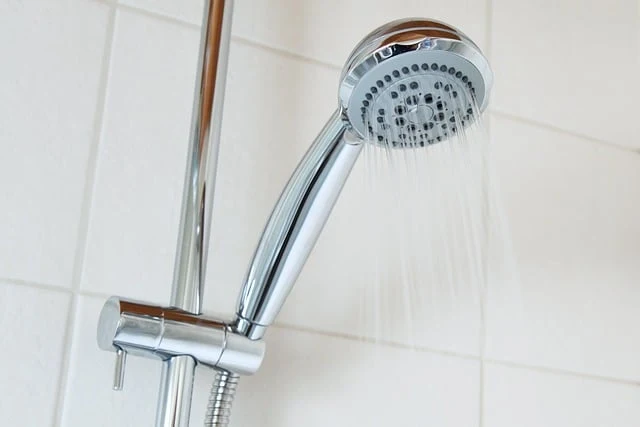
One of the strongest arguments for urinating in the shower is its potential to save water. By eliminating the need for a separate toilet flush, a person could save approximately 2,190 liters (579 gallons) of water per year. If the entire U.S. population adopted this practice, it could lead to an annual water savings of 699 billion liters (185 billion gallons). This significant reduction in water consumption highlights the environmental advantages of shower urination.
Potential Health Risks: The Pelvic Floor Connection
Despite the environmental benefits, the potential health consequences of this habit must be considered. Dr. Jeffrey-Thomas explains in a TikTok video that regularly peeing in the shower may lead to pelvic floor and bladder control issues.
The Pavlovian Response
Dr. Jeffrey-Thomas likens this habit to Pavlov’s classical conditioning experiment, where dogs learned to associate the sound of a bell with food. Similarly, repeatedly urinating in the shower can train the brain to link the sound of running water with the urge to pee. This association may result in involuntary urination triggered by running water sounds, such as a faucet, toilet flush, or even rain.
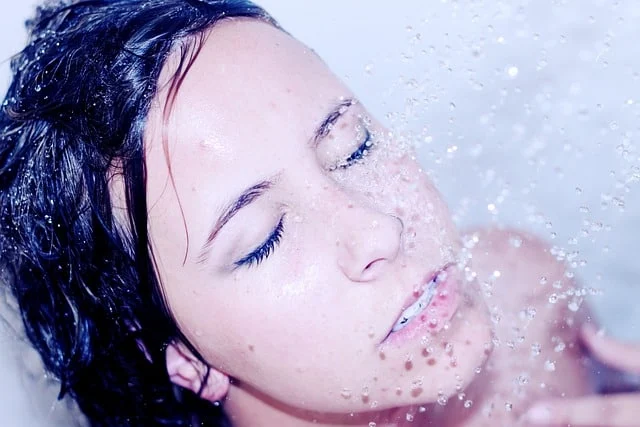
Pelvic Floor Dysfunction Risks
For individuals with existing pelvic floor dysfunction, this learned association can exacerbate bladder control problems. Dr. Jeffrey-Thomas explains that urinating while standing in the shower does not allow the pelvic floor muscles to fully relax, potentially leading to incomplete bladder emptying. Over time, this can contribute to urinary retention and increase the risk of urinary tract infections (UTIs).
Some argue that squatting while urinating in the shower might alleviate pelvic floor strain. Dr. Jeffrey-Thomas acknowledges that a full squat position allows for better pelvic floor relaxation, but she still advises against making shower urination a habit. If one must urinate in the shower, a proper squatting position is preferable to standing.
Why Doesn’t Toilet Flushing Trigger the Same Response?
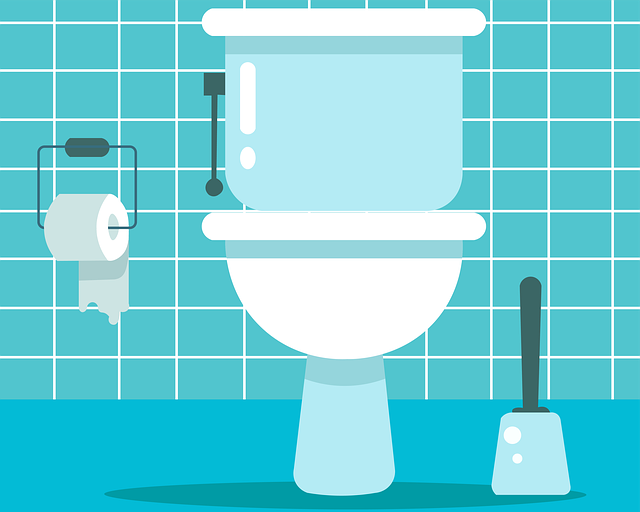
A common question is why flushing the toilet doesn’t condition the brain in the same way. Dr. Jeffrey-Thomas clarifies that by the time a person flushes the toilet, they have already urinated, so no association is formed. However, individuals who struggle to resist the urge to urinate when exposed to running water may already have underlying bladder control issues.
Understanding Pelvic Floor Dysfunction

Pelvic floor dysfunction is a common condition, particularly among women. The pelvic floor is a group of muscles that support the bladder, uterus, rectum, and other organs. Dysfunction occurs when these muscles become too weak or too tight, leading to symptoms such as:
- Urinary and bowel incontinence
- Lower back pain
- Pain during intercourse
- Increased urgency or frequency of urination

Factors such as childbirth, surgery, aging, obesity, and high-impact activities can contribute to pelvic floor dysfunction. Given that urinating in the shower might worsen symptoms, individuals should be aware of these risks before adopting the habit.
The Biological Factor: Why Female Anatomy Matters
Dr. Jeffrey-Thomas emphasizes that those with female anatomy are not designed to urinate while standing. Unlike male anatomy, where the positioning allows for better bladder emptying while standing, females may struggle to fully relax the pelvic floor in this position. This can lead to incomplete bladder emptying, increasing the risk of UTIs and other urinary complications.
Pros and Cons of Peeing in the Shower

Pros:
- Water conservation: Reduces toilet water usage significantly.
- Convenience: Saves time, particularly during a rushed morning routine.
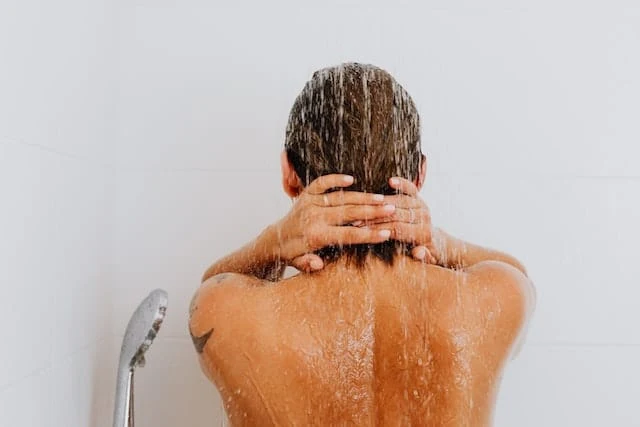
Cons:
- Pelvic floor health risks: May contribute to bladder control issues and pelvic dysfunction.
- Conditioned response: Can create an involuntary urge to urinate when exposed to running water.
- Sanitation concerns: While urine is mostly sterile, it can still contain bacteria that may pose hygiene risks.
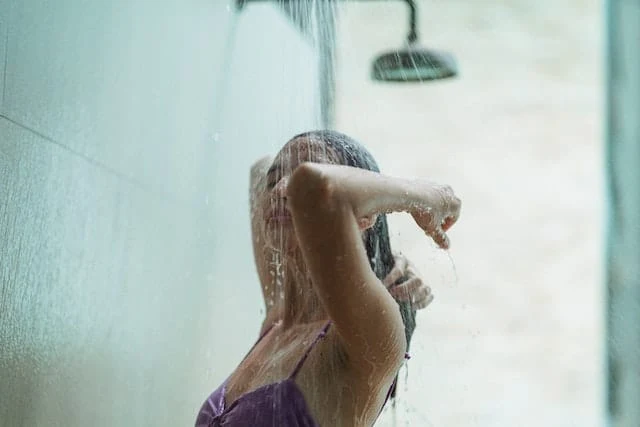
The Bottom Line
While peeing in the shower may seem like an eco-friendly and convenient habit, it is important to weigh the potential health risks. Dr. Alicia Jeffrey-Thomas’s insights serve as a reminder to consider the long-term effects of our daily routines. Striving for sustainability should not come at the cost of personal health. Ultimately, making an informed decision based on both environmental and health factors is key to maintaining overall well-being.
Anne Hegerty, 66, from The Chase, shared her worries about dating. She talked about how her longest relationship only lasted four months and that she has never had children.
Anne Hegerty, known from The Chase, shared that her biggest fear about dating is having a man invade her personal space.
The quizzer, who was diagnosed with autism at 45, opened up about her challenges, mentioning a time when she unplugged her phone to stop a boyfriend from contacting her.
At The Paul Strank Roofing Charity Gala in Kensington, London, she honestly said that she thinks she would make a terrible partner.
Anne, 66, said, “I really struggle with being close to others and having anyone else in the house.
“I think a lot of autistic people don’t get married or settle down.”

Anne explained, “I don’t even have pets because of this, and my ability to live with other people is getting smaller. I need a lot of alone time.
“I always feel like I need more space than anyone can give me. If I wanted a relationship, I could find one, but honestly, I don’t.”
She also mentioned that her longest relationship only lasted four months. Reflecting on that time, she said, “It only worked for those few months because I was in Manchester. I kind of set it up so it wouldn’t last.”
In the end, she wrote to him to end things. “I remember crying with relief and then crying with guilt,” she shared.
Anne felt overwhelmed during that relationship. “Sometimes, I unplugged the phone because he tried to call me every day. I just wanted it to be over.
“I’d sit there waiting for the phone to ring, thinking, ‘Don’t phone, don’t phone, don’t phone!’ Other times, to get over the waiting, I’d call him, but that made him think I wanted to talk. I really just wanted to end it. I didn’t want to talk to him or anyone!”

Anne joked that she hasn’t lacked offers from admirers who seem to like her “Mrs. Trunchbull” Governess outfit.
She said, “I’m sure some people are attracted to the whole look of The Governess. I think there are some who might be interested if they let me.”
Anne said, “I do meet attractive men, but I know it won’t work out. I feel like it’s not fair to them because I won’t treat them well.”
She added, “I always want more space than they can give me. If I wanted a relationship, I could find someone, but I don’t.”
She thinks it’s better not to date at all and enjoys having men as friends more than women. She recalled a quiz she attended in June, where a woman pointed out they were the only two women in the room, but Anne hadn’t even noticed because she was talking to her male friends.
Anne also shared that this is part of why she never had children, even though she is great with kids. “I did want children, but I knew I wouldn’t be able to handle it very well.”
About 20 years ago, two kids from her neighborhood used to come over. “We limited their visits to just one hour a day, but they always wanted to stay longer. They were wonderful kids, and we’re now friends on Facebook, but I couldn’t handle that for more than an hour.”

Anne takes her role as godmother to Mark “Beast” Labbett’s eight-year-old son, Lawrence, very seriously.
She said, “Lawrence’s birthday is at the end of November, so I usually send a birthday and Christmas present at the same time—but they are not the same gift. My parents had winter birthdays, and I knew they hated getting just one present for two celebrations.”
Anne joked that one of the gifts she gave Lawrence was a bit inappropriate—a toy crossbow. “So, weaponry,” she laughed. “But lately, I’ve been giving him Minecraft vouchers since he really loves that.”
She also mentioned that she has spent Christmas alone for the past 40 years. That’s why she’s especially happy to be playing the Fairy Godmother in this year’s panto, Cinderella, in Scarborough.
Anne, who was on I’m A Celebrity… Get Me Out Of Here in 2018, said, “Now that I’m in panto, I can say, ‘Sorry, I’m in Scarborough!’ and that’s my only day off.”
She sees it as a great day off. Even though many people invite her to spend Christmas with them, she prefers not to. “I don’t do Christmas dinner or a tree. When I was a kid, I just remember all the pine needles everywhere!”
Earlier this year, Anne took on another acting role, making a cameo as a neighbor in a film called Exorcising Barry, which is about a man obsessed with a demon.

Anne said that any chance of going to Hollywood is out of the question.
She explained, “America wouldn’t want me because I’m fat. I have a friend who went there for work, and even though she looks amazing, they told her she needed to lose weight. I’m fine with how I am, but they don’t like fat British actresses.”
Despite this, she has had great success in Britain. Talking about The Chase’s recent National Television Award win, she said, “I’m so happy. Bradley Walsh is amazing. It’s been 14 years, and I love it.”
She added, “Other kids used to sing in front of the mirror with a hairbrush. When I was younger, I practiced being interviewed for when I became famous. I don’t know why, but it’s always been my dream.”



Leave a Reply